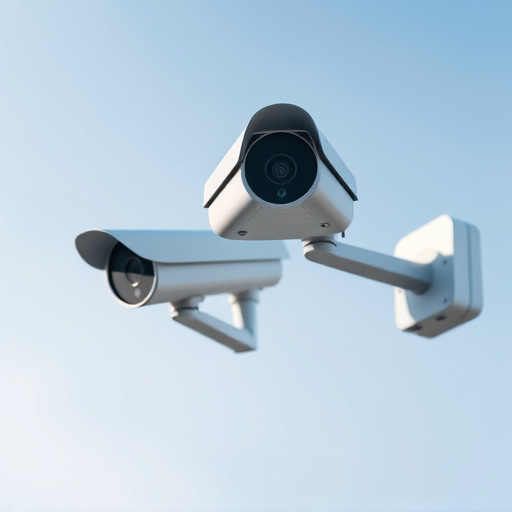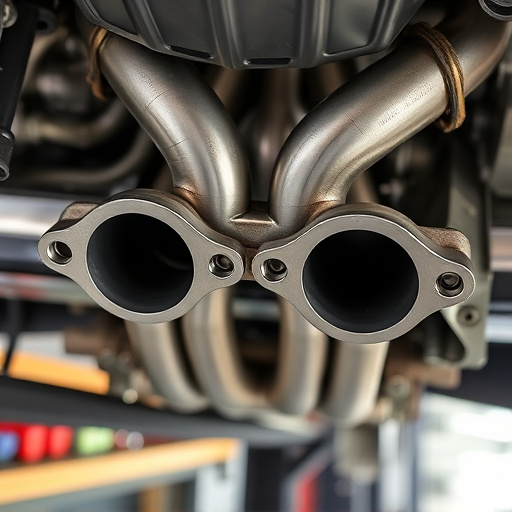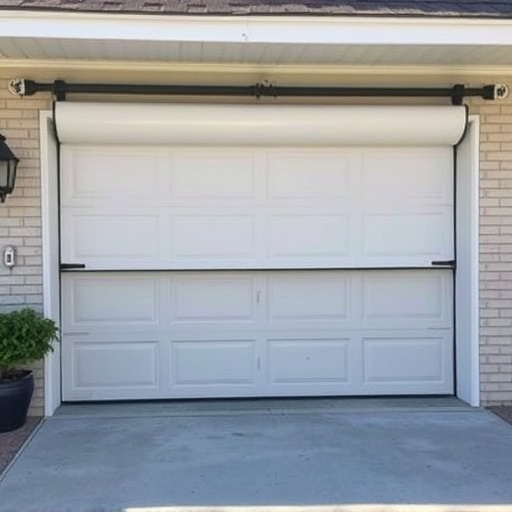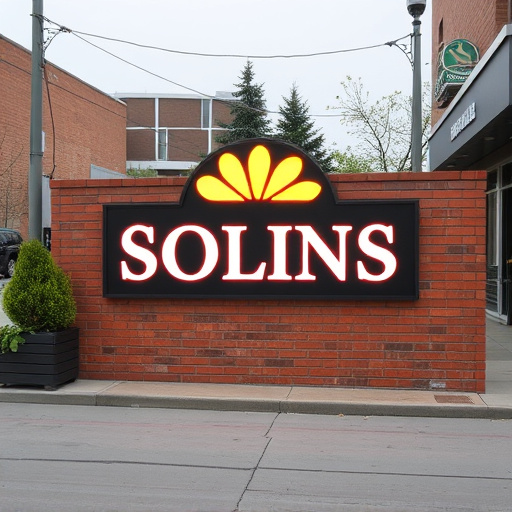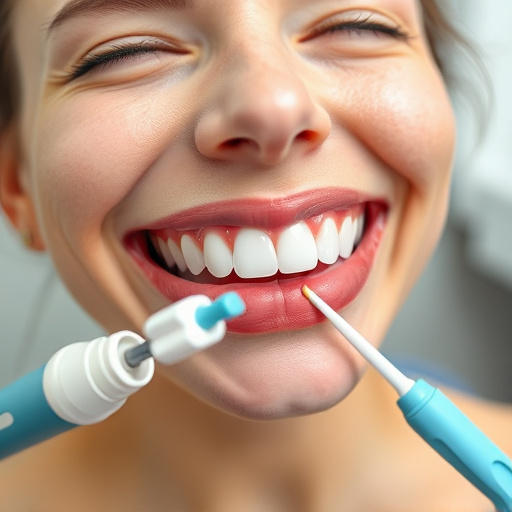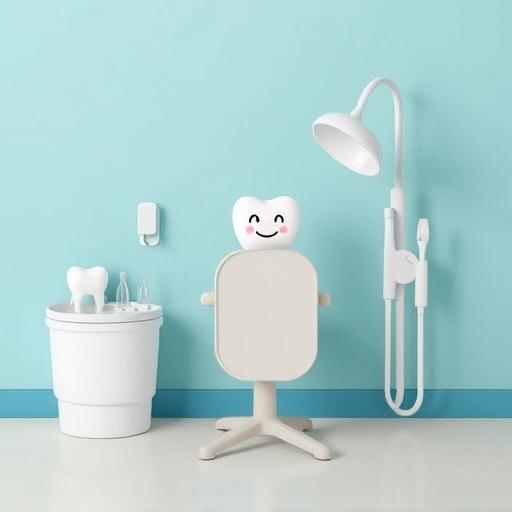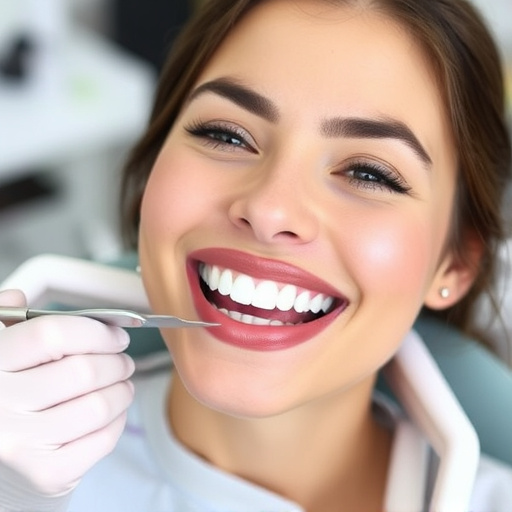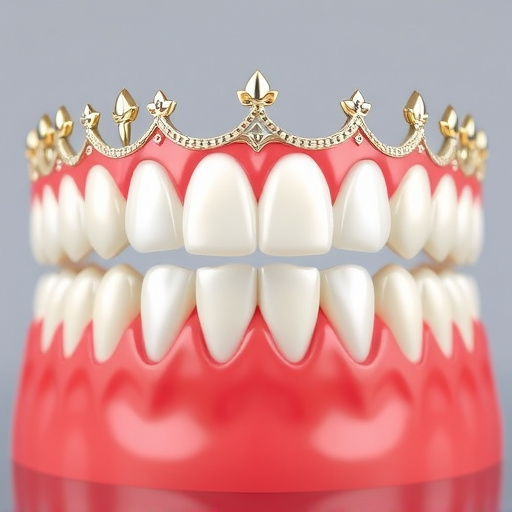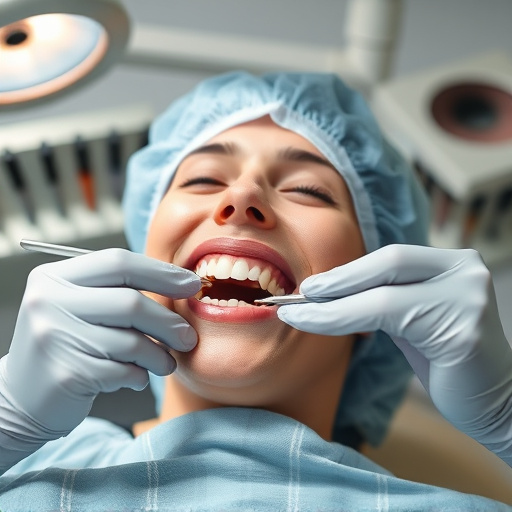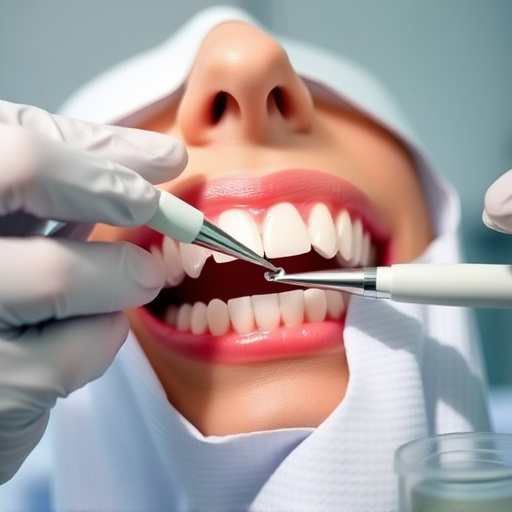Modern dental technology, including 3D imaging, CAD/3D printing, and electronic health records (EHRs), is transforming clinic operations for enhanced efficiency and improved patient outcomes. These advancements enable precise diagnoses, innovative procedures like laser dentistry, and accurate dental implants, while also streamlining administrative tasks, facilitating better communication, and contributing to faster, more comfortable care for patients of all ages, including children's dentistry.
In today’s digital age, clinics are leveraging modern dental technology to revolutionize patient care. From streamlining dental care processes with efficient digital tools and paperless records, to enhancing diagnostic accuracy through advanced imaging and 3D printing, these innovations significantly improve treatment outcomes. Furthermore, technologies like sedation and laser dentistry, along with teledentistry, prioritize patient comfort and convenience, making dental procedures more accessible and less intimidating. This evolution in modern dental technology is reshaping the way we approach oral health care.
- Streamlining Dental Care: Modern Technology's Role
- – The impact of digital tools on efficient patient management
- – Paperless records and their benefits for clinics and patients
Streamlining Dental Care: Modern Technology's Role
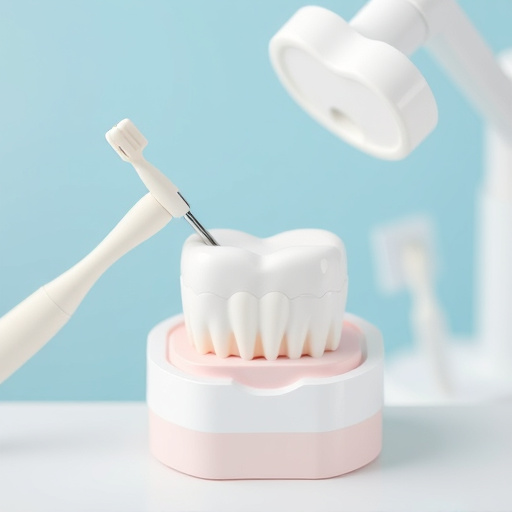
Modern dental technology is revolutionizing the way clinics deliver care, making it more efficient and accessible than ever before. Through advancements in digital imaging, such as 3D scans and intraoral cameras, dentists can now diagnose issues with greater precision and accuracy. This streamlines the patient experience, eliminating the need for traditional, time-consuming methods like physical x-rays.
Additionally, modern technology offers innovative solutions for various dental procedures, including improved techniques for family dentistry and children’s dentistry. For example, laser dentistry minimizes discomfort and healing times, while computer-aided design (CAD) and 3D printing enable the creation of precise dental implants. These advancements not only enhance the quality of care but also foster a more comfortable environment for patients across different age groups.
– The impact of digital tools on efficient patient management
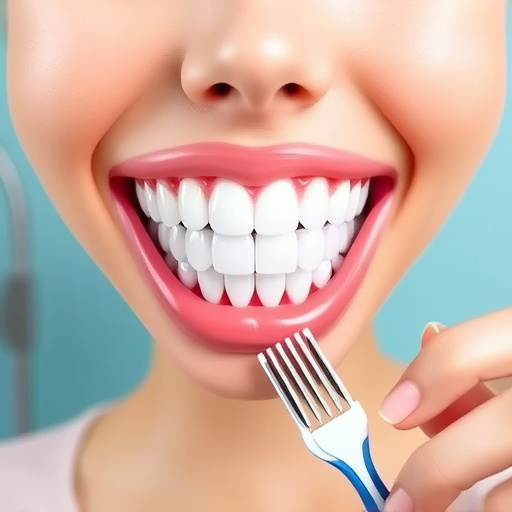
The integration of digital tools into daily clinic operations has significantly transformed how dental practices manage patient care, leading to enhanced efficiency and improved outcomes. Modern dental technology offers a range of solutions that streamline various aspects of general dentistry. From electronic health record (EHR) systems to advanced imaging software, these innovations ensure accurate and quick patient data retrieval, reducing the time spent on manual documentation and searches. With just a few clicks, dentists can access comprehensive patient histories, including previous treatments like tooth extractions or restorative procedures, enabling them to make informed decisions and provide more personalized care.
Moreover, digital tools facilitate better communication between patients and dental professionals. Online appointment booking systems and secure messaging platforms allow for easier patient engagement, while digital x-rays and 3D imaging offer more precise visualizations of oral health issues. This technological advancement not only aids in the diagnosis of conditions like cavities or gum diseases but also supports complex procedures such as restorative dentistry, ensuring better treatment outcomes and higher patient satisfaction.
– Paperless records and their benefits for clinics and patients

Paperless records have transformed the way dental clinics operate, offering a host of advantages for both practices and patients. By adopting modern dental technology, clinics can say goodbye to bulky file cabinets and hello to efficient, secure digital storage. This shift not only streamlines administrative tasks but also enhances patient care. With just a few clicks, dental professionals can access complete patient histories, including previous treatments like dental crowns, and their progression over time.
This modern approach allows for better coordination among dental teams and facilitates the implementation of preventive dentistry strategies. Routine oral exams become more effective when results and findings are instantly accessible, enabling dentists to make informed decisions quickly. Ultimately, paperless records contribute to improved patient satisfaction by providing faster service, easy record-sharing with specialists, and enhanced data security, ensuring sensitive information remains private.
Modern dental technology is revolutionizing clinic operations, streamlining dental care, and enhancing patient experiences. Digital tools and paperless records not only improve efficiency but also offer numerous benefits for both healthcare providers and patients. As technology continues to advance, clinics that embrace these innovations will be better equipped to provide top-quality, accessible, and cost-effective dental care in the future.


